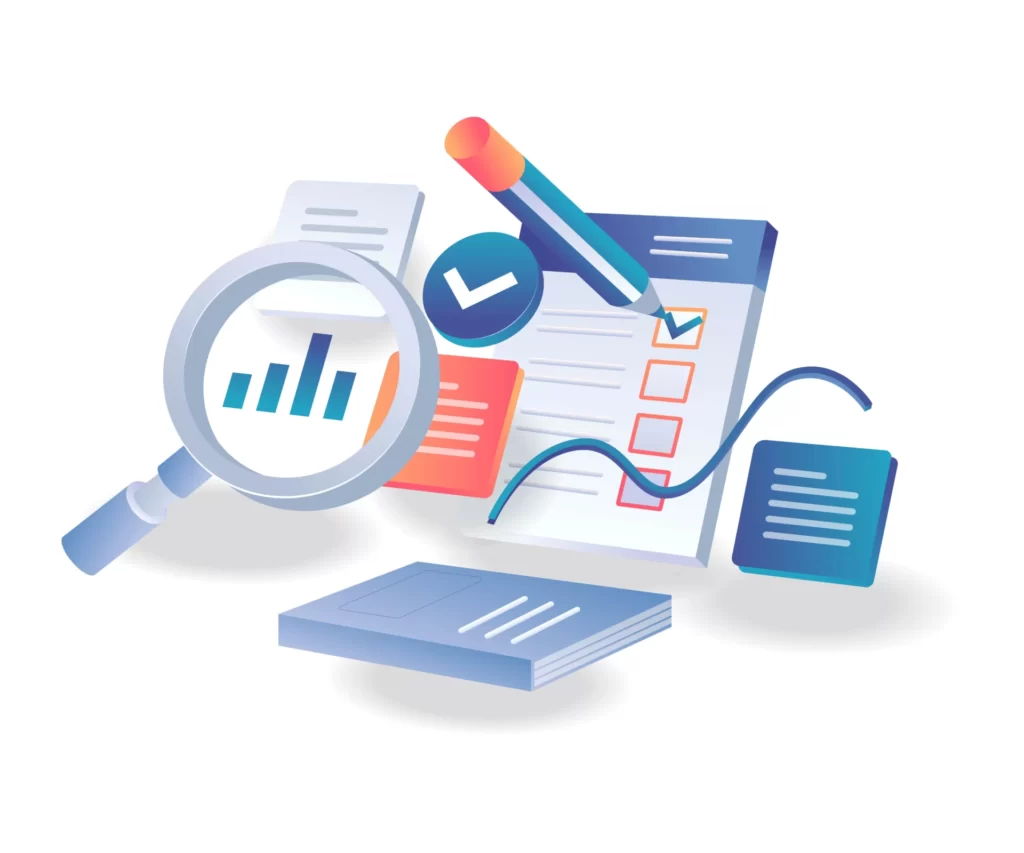In today’s fast-paced digital world, enterprise application development has become a crucial component of many businesses. The ability to create and maintain robust, scalable, and secure applications can help companies stay ahead of the competition and adapt to ever-changing market demands. This comprehensive guide will dive into the world of enterprise software development, exploring its key components, best practices, popular frameworks and tools, as well as providing insights into future trends.
1. Introduction to Enterprise Application Development
Enterprise application development is the process of designing, building, and maintaining software applications specifically tailored for large organizations. These applications often deal with complex business processes, high volumes of data, and need to integrate seamlessly with existing systems. This type of software development focuses on providing solutions that meet the unique needs of enterprises, ensuring optimal efficiency, reliability, and performance.
2. Key Components of Enterprise Software Development
To achieve success in enterprise application development, it’s essential to understand the key components that contribute to a well-functioning, high-quality application. These components include scalability, security, integration, and customization.
a. Scalability
Scalability refers to an application’s ability to handle increasing workloads and user traffic without compromising performance. For enterprise applications, this is critical as the number of users, transactions, and data can grow rapidly. To ensure scalability, developers should consider techniques like load balancing, microservices architecture, and caching strategies.
b. Security
Security is paramount in enterprise applications, as they often deal with sensitive data and need to comply with strict industry regulations. Implementing robust authentication, authorization, encryption, and secure coding practices can help safeguard against data breaches and other cyber threats.
c. Integration
Integration involves connecting the enterprise application with other systems and software, either internally or externally. This is essential for streamlining business processes, facilitating data exchange, and improving overall efficiency. Common integration techniques include APIs, web services, and middleware solutions.
d. Customization
Customization allows organizations to tailor the application to their specific needs and preferences, enhancing usability and user satisfaction. Developers should create modular, flexible, and configurable applications that can be easily adapted to changing business requirements.
3. Best Practices for Enterprise Application Development
Adhering to best practices can significantly improve the quality and success of enterprise applications. Some key best practices include:
- Following a well-defined development process, such as Agile or DevOps methodologies
- Conducting thorough requirements analysis and prioritizing features based on business value
- Ensuring proper documentation, code commenting, and version control
- Implementing rigorous testing and quality assurance measures
- Utilizing design patterns, reusable code, and modular architecture
- Investing in continuous improvement and maintenance
4. Popular Enterprise Software Development Frameworks and Tools
There are numerous frameworks and tools available to aid in enterprise application development. Some popular options include:
- .NET Framework – A versatile and powerful framework from Microsoft for building enterprise applications on Windows platforms
- Spring Framework – A popular Java-based framework for creating scalable and flexible enterprise applications
- Angular – A widely used front-end framework from Google for building responsive web applications
- Django – A high-level Python web framework that encourages rapid development and clean, pragmatic design
- Ruby on Rails – A full-stack web application framework for the Ruby programming language, designed to promote rapid development
In addition to these frameworks, various tools can streamline and enhance the enterprise application development process. These include integrated development environments (IDEs) like Visual Studio, Eclipse, or IntelliJ IDEA, version control systems like Git, and project management tools like Jira or Trello.

5. Case Studies: Successful Enterprise Application Development Projects
Examining successful enterprise application development projects can provide valuable insights and inspiration. Here are two noteworthy examples:
Case Study 1: Walmart
Walmart, the world’s largest retailer, has embraced enterprise application development to improve its internal operations and customer experience. Their custom-built applications include inventory management, supply chain optimization, and data analytics tools. By leveraging the power of enterprise software, Walmart has been able to streamline processes, reduce costs, and stay competitive in an increasingly digital retail landscape.
Case Study 2: General Electric (GE)
General Electric, a multinational conglomerate, developed an enterprise application called Predix, a platform for building industrial internet of things (IoT) applications. Predix enables GE and its customers to analyze and optimize the performance of industrial assets, leading to increased efficiency, reduced downtime, and improved decision-making. This innovative enterprise software solution has helped GE remain at the forefront of the industrial IoT revolution.
6. Future Trends in Enterprise Software Development
Staying ahead of emerging trends is vital for success in enterprise application development. Some key trends to watch include:
- Artificial intelligence (AI) and machine learning (ML) integration, enabling smarter, more efficient applications
- Adoption of cloud-native development, promoting greater flexibility and scalability
- Increased emphasis on user experience (UX) design, as a differentiating factor in enterprise applications
- Growing importance of IoT and edge computing in enterprise software solutions
- Continued focus on security, as cyber threats evolve and become more sophisticated
7. Conclusion: Maximizing the Potential of Enterprise Application Development
Mastering enterprise application development is essential for businesses looking to harness the full potential of digital transformation. By understanding the key components, adhering to best practices, and staying ahead of future trends, organizations can create powerful, scalable, and secure applications that drive growth and success. With the right approach and tools, enterprises can leverage software development to overcome challenges, innovate, and achieve a competitive edge in today’s fast-paced business landscape.
Frequently Asked Questions
- What is enterprise application development?
- Enterprise application development is the process of designing, building, and maintaining software applications specifically tailored for large organizations. These applications often deal with complex business processes, high volumes of data, and need to integrate seamlessly with existing systems.
- What are the key components of enterprise software development?
- The key components of enterprise software development include scalability, security, integration, and customization. These factors ensure that applications can handle growing workloads, protect sensitive data, connect seamlessly with other systems, and adapt to unique business requirements.
- What are some popular frameworks and tools for enterprise application development?
- Popular frameworks for enterprise application development include .NET Framework, Spring Framework, Angular, Django, and Ruby on Rails. Tools that can enhance the development process include integrated development environments (IDEs) like Visual Studio, Eclipse, or IntelliJ IDEA, version control systems like Git, and project management tools like Jira or Trello.
- What are some future trends in enterprise software development?
- Key future trends in enterprise software development include the integration of artificial intelligence (AI) and machine learning (ML), adoption of cloud-native development, increased emphasis on user experience (UX) design, growth of IoT and edge computing, and a continued focus on security.
By staying informed and adapting to these trends, businesses can remain competitive and capitalize on the evolving landscape of enterprise application development.
